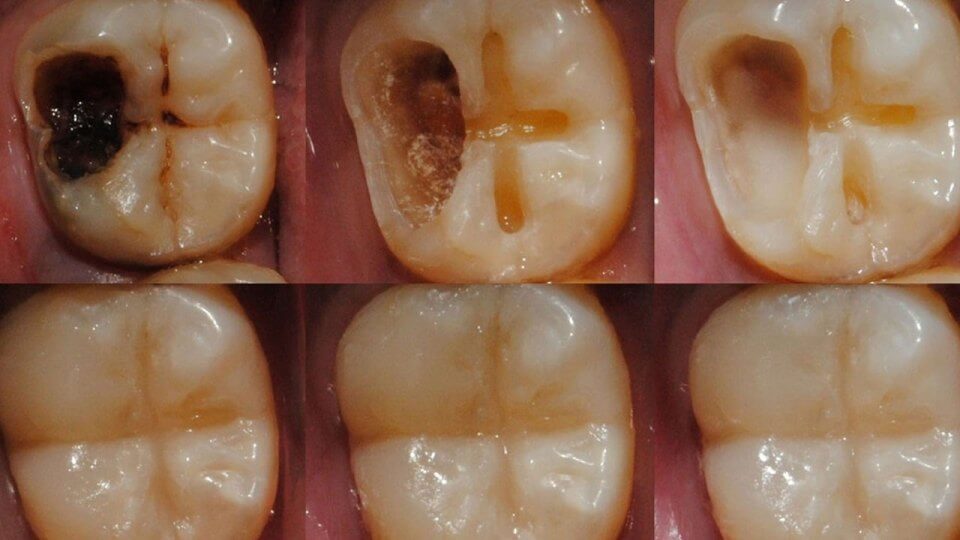Once tooth enamel wears or breaks away it is over — it doesn’t grow back. That is why dentists have to plug in the gaps with fillings that are synthetic. But now, a group of scientists in Jiujiang Research Institute and China’s Zhejiang University says it has figured out how to regrow tooth enamel. The group developed a gel that has been proven to help mouse teeth regrow enamel within two days. The research was published in the journal of Science Advances.
What exactly is enamel and why can not it regrow? It is a mineralized substance. The structure is made up of rods interwoven with inter-rods in a fish scale pattern which makes it the hardest tissue in the human body. It’s initially formed but once mature it becomes acellular, meaning it will become devoid of the ability to self-repair. This is the reason why cavities (tooth decay) are among the most common chronic diseases in humans.
Enamel is so complicated that its construction has yet to be duplicated correctly artificially. They’re not a fix although resins, ceramics and amalgam fillings can mend the issue. The fact that they are made of materials that are foreign means a repair can’t be achieved by them. As it is made of the same material as enamel, the new gel created by the Chinese scientists is different. Mixing calcium and phosphate ions with the compound called triethylamine in an alcohol solution makes it.
For now, the gel is merely a promising sign that regenerative dentistry could someday heal tooth decay. There’s a way to go because it is still too thin, before the gel may be used in medicine. Natural-grown enamel is 400 times thicker than that grown with assistance in the gel that is new. Fillings will continue to be the option for people with cavities for the future until they can resolve that piece of the puzzle.
The scientists are now continuing the testing on mice and plan to eventually test the gel on people, tracking how the new enamel holds up as people go about their day, eating, drinking, and chewing gum.


























Leave a Reply